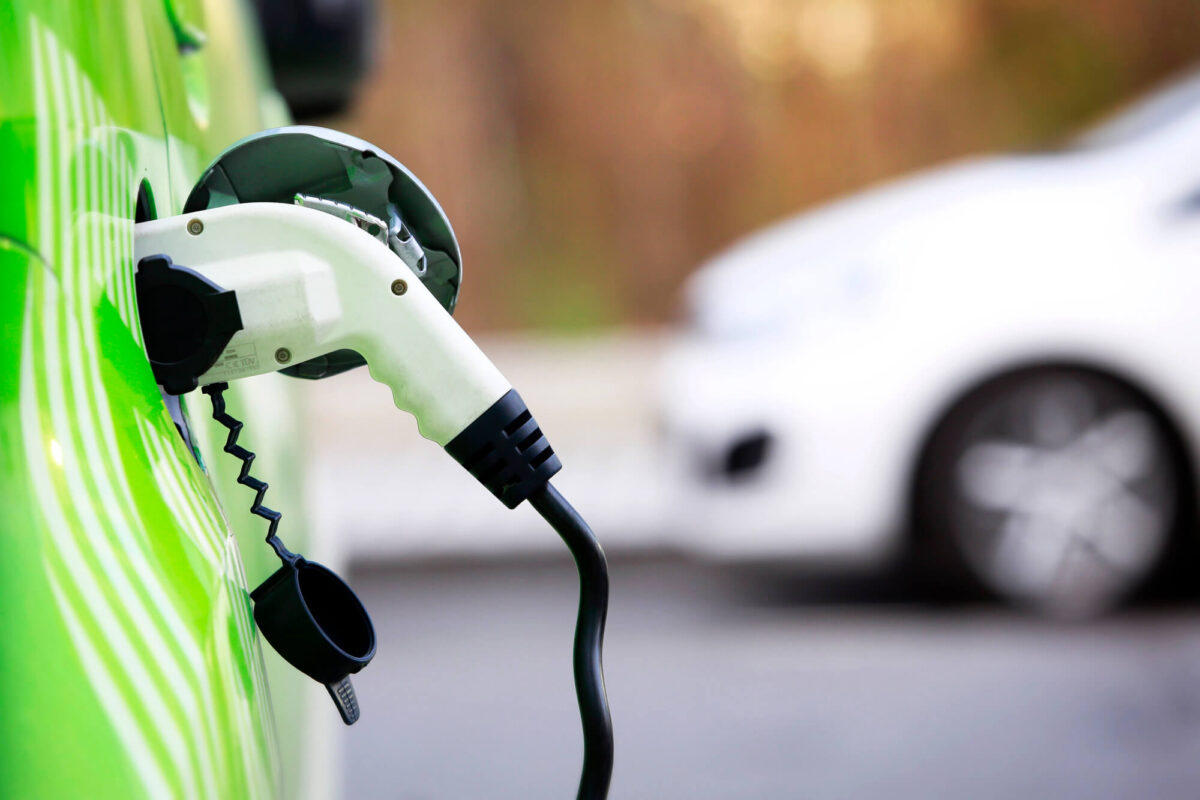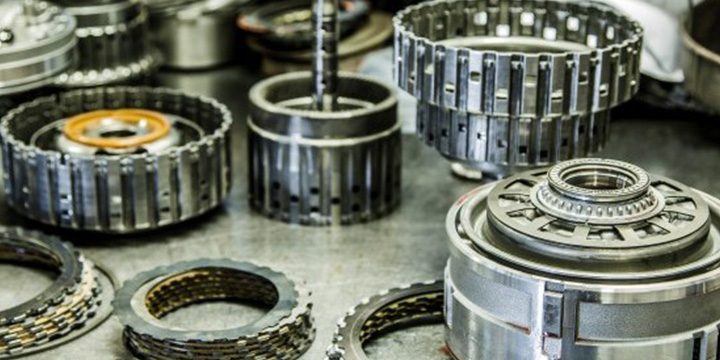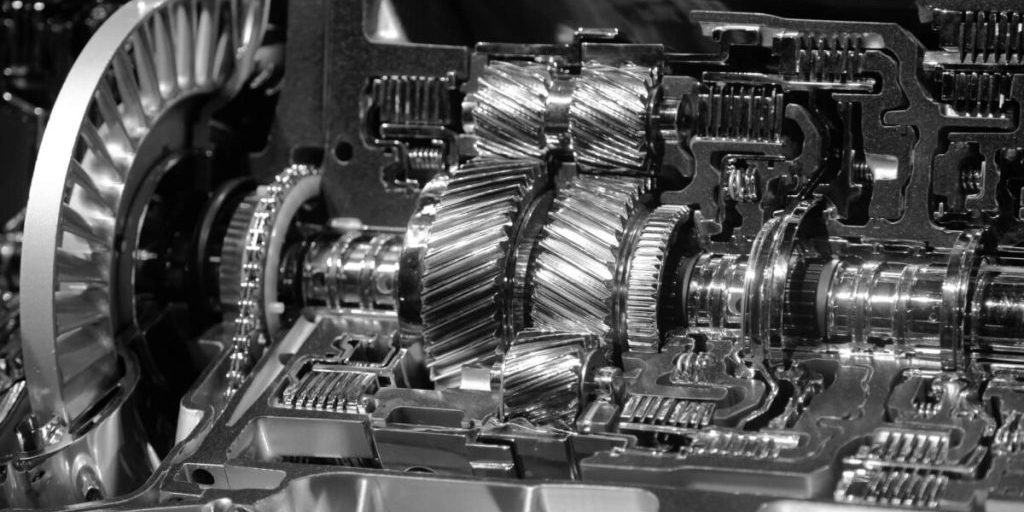Understanding the role of transmissions in electric vehicles
July 17, 2024

The landscape of automotive engineering is evolving rapidly, and one of the most transformative aspects of this evolution is the rise of electric vehicles (EVs). While much attention is given to the batteries and electric motors that power these vehicles, the role of transmissions in electric cars is equally crucial. This article delves into the intricacies of EV transmissions, exploring their significance, the different types available, and how they compare to those in traditional internal combustion engine (ICE) vehicles.
The Basics of Electric Car Transmissions
Do Electric Cars Have Transmissions?
The short answer is yes, but they are fundamentally different from the transmissions found in conventional vehicles. Unlike internal combustion engines that rely on complex multi-speed transmissions to operate efficiently across a wide range of speeds and conditions, most electric motors can deliver maximum torque from zero RPM. This characteristic significantly reduces the need for multiple gears.
The Single Speed Transmission
Single speed transmissions are the most common type in electric cars. This design simplicity is made possible by the nature of electric motors, which provide efficient power delivery across a broad speed range. A single gear can often suffice to deliver the rotational force needed to move the vehicle forward.
Multi Speed Transmissions
Despite the efficiency of single-speed units, some manufacturers have introduced multi-speed transmissions to enhance performance, especially in sports cars and other high-performance electric vehicles. These transmissions can provide greater efficiency and better acceleration at both low and high speeds.
Types of EV Transmissions
Automatic Transmission
In the realm of electric vehicles, automatic transmissions are tailored to the specific torque characteristics of electric motors. These transmissions can shift gears without direct driver input, providing a seamless driving experience.
Manual Transmission
Though rare, some enthusiasts and manufacturers experiment with manual transmissions in electric cars to provide a more engaging driving experience. The original Tesla Roadster is a notable example that featured a two-speed gearbox.
Continuously Variable Transmission (CVT)
Continuously Variable Transmissions (CVTs) offer a smooth and stepless transition between gear ratios. While CVTs are more common in ICE vehicles, their application in electric cars is limited due to the natural torque characteristics of electric motors.
The Evolution of EV Transmissions
The Shift from Single to Multi-Speed
Early electric vehicles predominantly featured single-speed transmissions. However, the quest for improved performance and efficiency has led to the development of two-speed transmissions and even more complex multi-speed systems. The Porsche Taycan and Audi e-tron GT are prime examples of production cars with advanced multi-speed gearboxes.
Advantages of Multi-Speed Transmissions
- Enhanced Performance: Multi-speed transmissions can optimise the gear ratio for different driving conditions, resulting in better acceleration and top speed.
- Improved Efficiency: By operating the electric motor in its optimal range more frequently, multi-speed transmissions can improve overall energy efficiency.
- Greater Versatility: Multi-speed systems can make electric vehicles more versatile, handling everything from city driving to high-speed cruising more effectively.
The Future of EV Transmissions
As electric vehicle technology continues to evolve, so too will the design and functionality of their transmissions. In the near future, we can expect further innovations aimed at maximising the efficiency and performance of electric cars.
Key Components and Concepts
Electric Motors
Electric motors are the heart of any electric vehicle, providing the necessary power to drive the wheels. These motors differ significantly from combustion engines, offering high torque at low speeds, which is ideal for the one-gear design of most EVs.
Gear Ratios and Transmission Design
The gear ratio in an electric car transmission is critical for translating the motor’s power into usable driving force. Higher gears are used for efficient cruising at high speeds, while lower gears provide more torque for acceleration.
Two Electric Motors
Some electric vehicles, such as the Audi e-tron GT, use two electric motors to drive the front and rear axles. This configuration can improve traction and performance, especially in high-performance and all-wheel-drive models.
Comparing EV Transmissions to Traditional Transmissions
Internal Combustion Engine (ICE) Vehicles
ICE vehicles require multi-speed transmissions because their engines produce usable torque within a narrow RPM range. These transmissions often have 5 to 10 gears to maintain the engine in its optimal performance range.
Main Differences
The main difference between EV transmissions and those in ICE vehicles lies in the torque characteristics of the motors. Electric motors provide a wide torque range, enabling simpler transmission designs.
Practical Implications for Drivers
Driving Experience
The driving experience in electric cars can vary significantly based on the transmission type. Single-speed transmissions offer a smooth and seamless ride, while multi-speed transmissions can provide a more dynamic and engaging experience.
Maintenance and Reliability
Single-speed transmissions are generally simpler and more reliable, requiring less maintenance than their multi-speed counterparts. However, advancements in multi-speed transmission technology are narrowing this gap.
The Role of Transmissions in the Future of Electric Vehicles
As we look to the future, the role of transmissions in electric vehicles will continue to evolve. Whether through the refinement of single-speed units or the introduction of more sophisticated multi-speed transmissions, the goal remains the same: to provide efficient power delivery and an enjoyable driving experience. The automotive industry’s journey from internal combustion engines to electric power is marked by innovation and adaptation, with transmissions playing a pivotal role in this transformation.
Understanding the nuances of EV transmissions helps us appreciate the engineering marvels that are modern electric cars. As technology advances, so too will our ability to harness electric power more effectively, ensuring a sustainable and exhilarating future for all car enthusiasts.
Read on...



